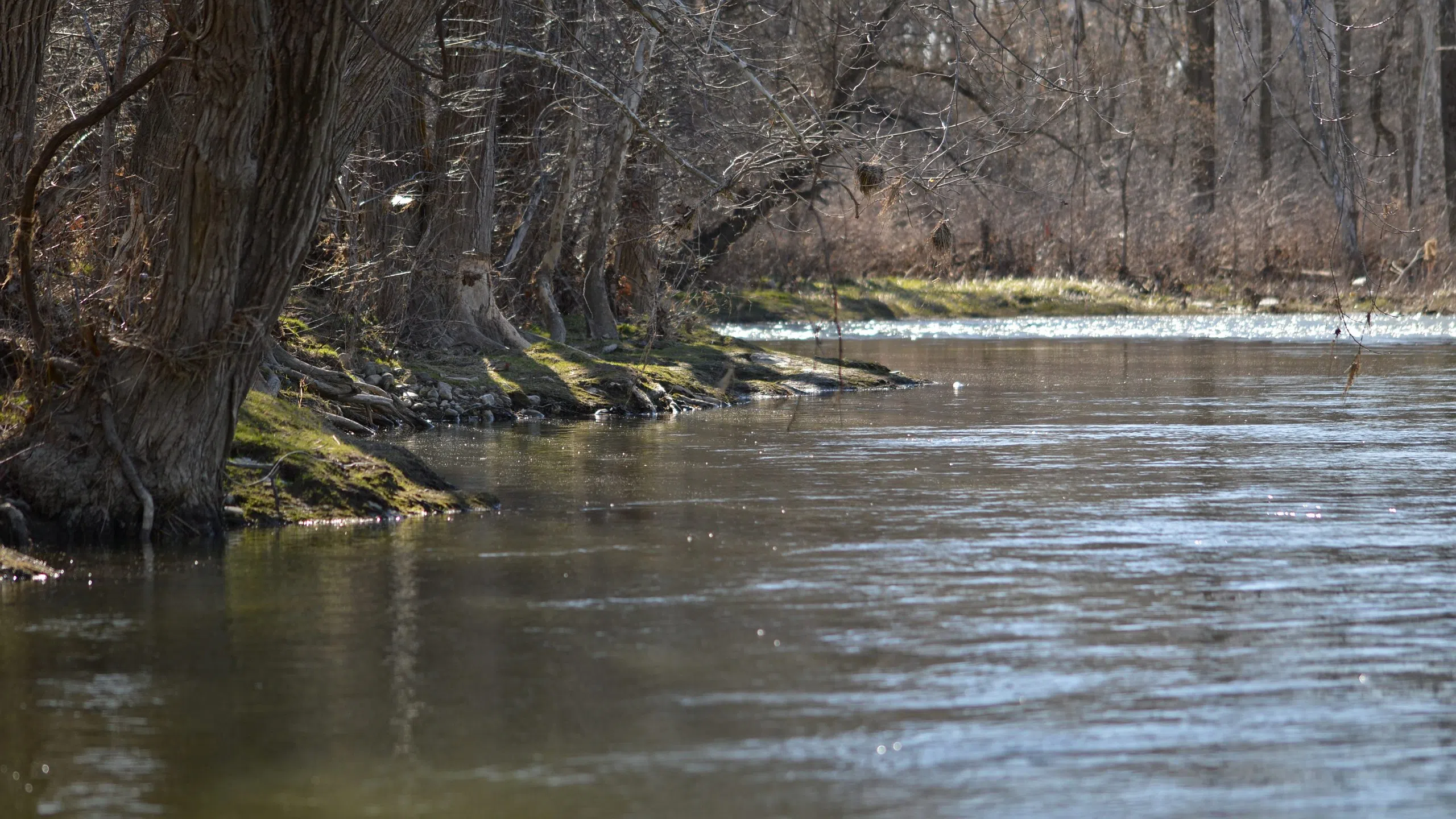
The Thames River in London /Ryan Hodnett
During the Paris Olympics, the topic of water quality has been on many minds. The city undertook a massive €1.4 billion (CAD 2.1 billion) effort to clean up the Seine before the games began in order to have some of the swimming events take place in the river. Following the delayed mixed triathlon relay that took place this week, the next event in the Seine has also been postponed due to continuing concerns about pollution levels.
But, while we monitor the water quality of a river 6000 km away, what about our river here at home?
“(The Thames) is getting cleaner, certainly, improving a lot over what it has been in the past,” says Kirby Oudekerk, who works for the City of London’s Wastewater Treatment Operations. “But, like anything, there’s still work to do and we’ve still got a ways to go in terms of getting this right back to fully clean status.”
While Oudekerk says he would defer to the expertise of the heath unit to determine if the water is safe for swimming, he does say there are certain contaminants to be wary of, particularly E. coli (one of the same types of bacteria that is causing concern in the Seine).
“That’s something that is present in the river and it’s something that has the capacity to make people ill.”
While swimming in the Thames may not be fully safe, the city is constantly working to improve the water quality.
“So, within the city, we have an entire storm-water management system,” says Oudekerk. “We try to catch the surface runoff from all of our neighborhoods and those different areas, and provide some level of treatment before it goes to the river—as much as possible.”
The city is also working to replace a series of old sewage systems that double as storm drains, which allow sewage to be poured into the river along with water from heavy rainfall. Heavy rain causing sewage spills is one of the reasons for the Seine’s bacteria levels, as well.
Ultimately, climate change is one of the biggest threats to the water of the Thames, says Oudekerk.
“You know, it’s changing the way the entire ecosystem works and it also is affecting how and when surface water runoff and high flow events are occurring in the river,” he says. “You know, we’re getting high intensity events on a more regular basis than we ever did, and that has the ability to actually cause higher phosphorus loading and overflow events of the sanitary system. All of those things combined can actually be pointed back to climate change as a real instigator. That’s really making that situation worse.”
So, what can Londoners do to help improve the quality of the river?
Oudekerk says people can be diligent about their use of fertilizer, being careful not to use too much so it doesn’t run off into the river. People can also be mindful of what they flush down the toilet, making sure not to flush anything that the sewage system can’t handle.
The last thing Oudekerk says people can do to help is have patience as the city works to improve the river. While it may be a work in progress, he is happy with the changes he’s seen so far.
“I was looking out my window and I was just reminded— if you want an indication of how the river actually is improving from the 50s and 60s, people just need to look at how many birds have actually returned to the river. I was watching some ospreys fly over and all that…10 to 15 years ago they weren’t around. So, it’s really nice to see that we are heading in the right direction.”

